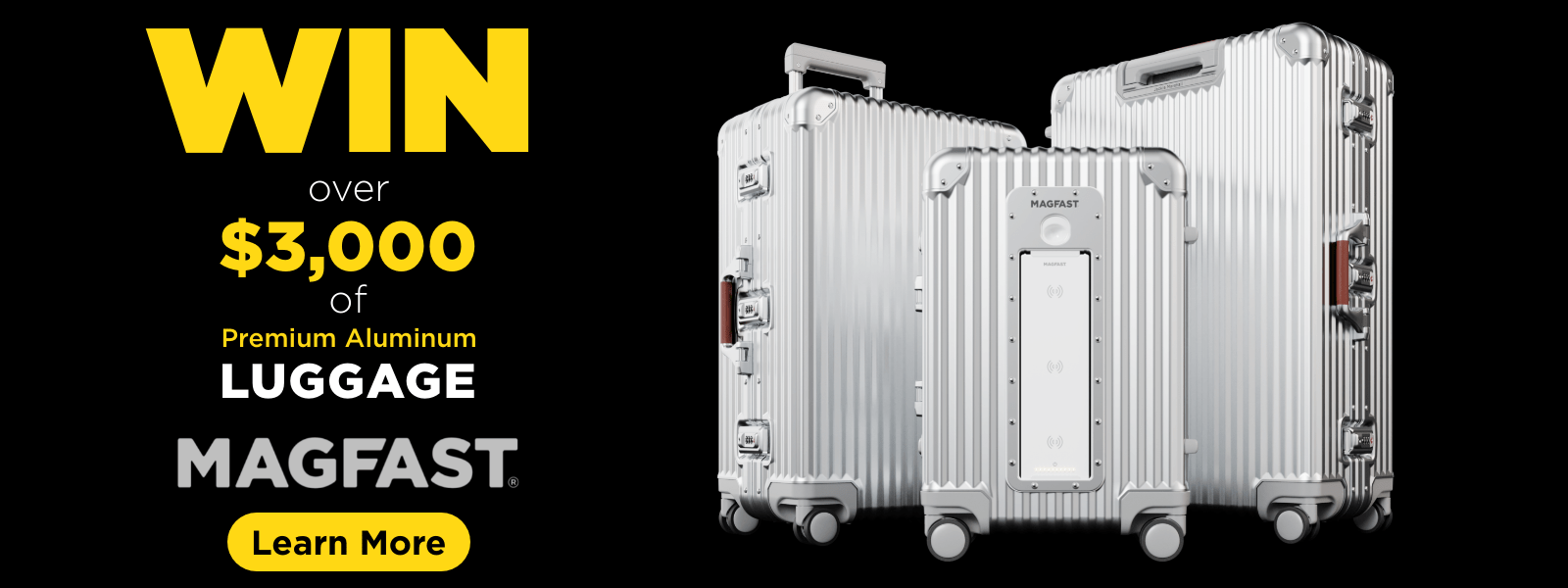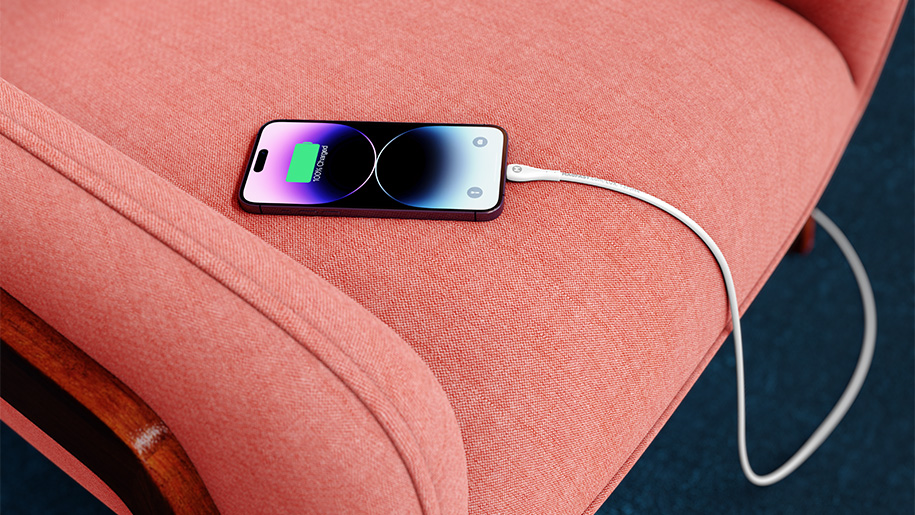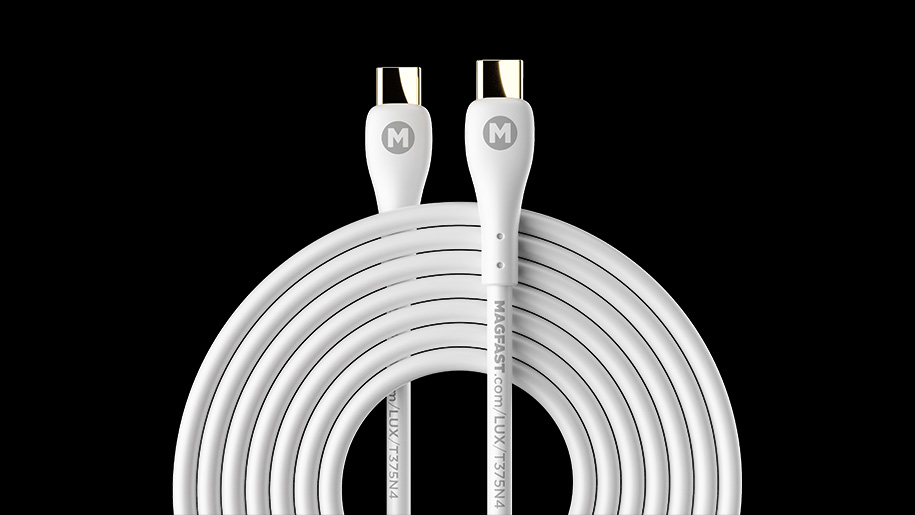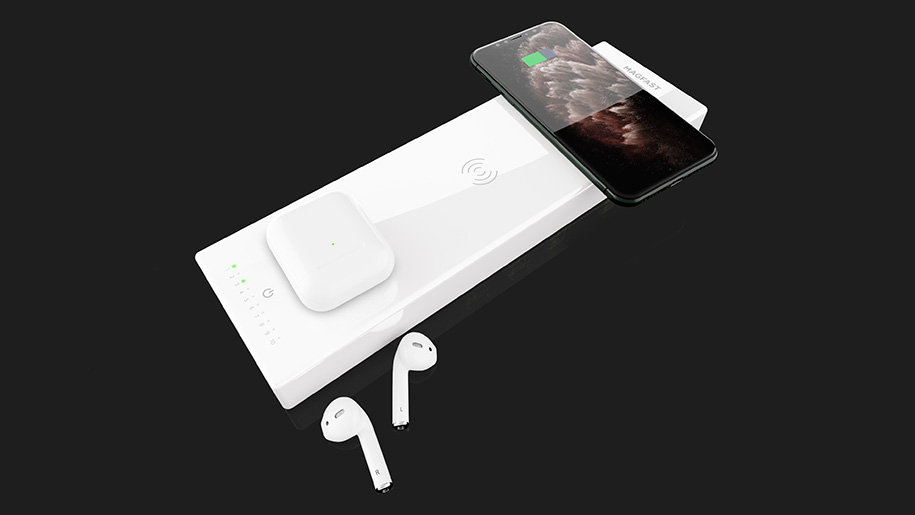What’s the Difference Between Wireless Charging and MagSafe?
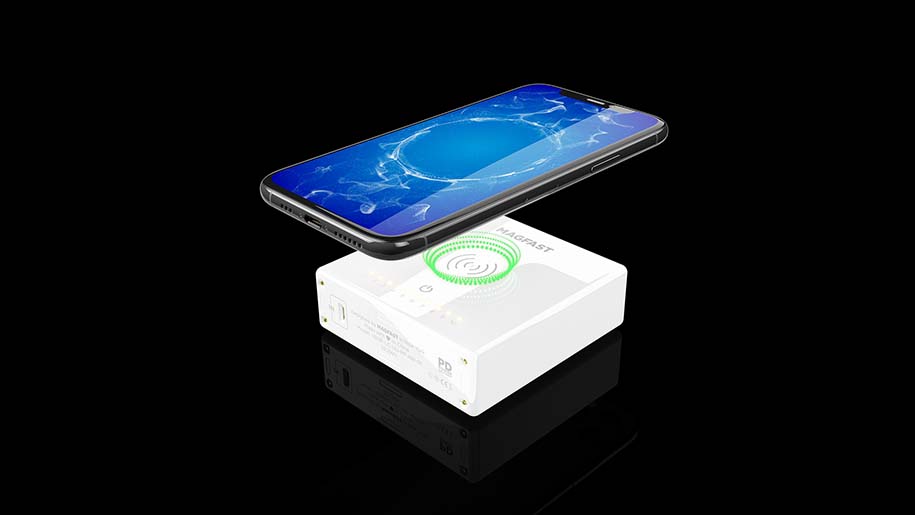
Technology moves fast and, at times, you could be forgiven for being left behind. One moment you have the latest piece of revolutionary kit, the next your gear is obsolete or very hard to get hold of.
The same can happen in the world of charging and, when Apple introduced MagSafe, people sat up and began to wonder if their Qi wireless charging pad was something of the past!
Well, you may be a little surprised to know that they are similar and today, to clear any possible confusion, we are going to illustrate the differences between the two so that you get the best charging options for all your tech, all the time!
What is MagSafe?
Perhaps now would be a good time to bring you up to speed with what MagSafe actually is. MagSafe is a way of charging created by Apple that allows a magnetic connection, or a mag charge, between device and charger. This then allows a constant connection between the two and a quick charge.
One of the key reasons behind its creation was safety. When it first debuted back in 2006 as a magnet attachment system for MacBooks, it was used so that, should someone trip over the power cable, it would safely detach allowing for both computer and cable to remain undamaged. Over time, it developed and eventually made its presence known in the world of cellphones.
It didn’t debut on cellphones until 2020 with the iPhone 12, meaning that earlier models cannot benefit from this type of charge but can still use the chargers, just to lesser effect.
Unlike Qi wireless charging, MagSafe chargers are surrounded by a ring of special magnets that ensure the phone attaches securely.
Benefits of MagSafe
MagSafe can produce a quick charge, allowing for 15w of power compared to the 7.5w normally distributed by Qi wireless chargers. This allows for a charge that can be 30mins quicker than a standard Qi wireless device. Once attached, the power of the magnets ensures a strong stable connection so should the cellphone or tablet vibrate, charging won’t be compromised.
Disadvantages of MagSafe
Unfortunately, whilst MagSafe charging does come with some benefits, it is largely dependent on a few things. You need to have an iPhone 12 or newer model; you must also have a MagSafe suitable case on your phone. To have a MagSafe charger work, you will also need to plug it in to the mains.
You can attach a MagSafe charger to any iPhone from the series 8 upwards, however, the benefit of MagSafe charging will not be apparent; instead you will benefit from the standard Qi wireless charge.
What is the answer then, aside from buying a new phone, a new case and a new charger?
Wireless power banks
Luckily, whilst the innovation of Apple is to be lauded, it does pose a few little problems to solve … and that is where MAGFAST comes in: a series of power banks that allows you to get a rapid wireless charge with no need to plug in to the mains, own special phone cases or buy a specific model of phone.
Whilst a MagSafe charger doesn’t need wires to go directly into the device, it does still need to be plugged in to the mains. What if, instead, you could be on the move and still charge wirelessly?
A portable wireless power bank
MAGFAST Life achieves this for you thanks to its Qi wireless charging pad and its ability to power you up via USB-C and USB-A charging ports. Furthermore, you can swap out the in-built USB-C mini cable and replace it with a Lightning cable or Micro-USB. So, where MagSafe allows for a rapid charge of certain devices with certain caveats, MAGFAST Life charges them all.
Magnets are still important though – hence the name MAGFAST- and a simple use of the ‘snap-to-charge’ technology means that any device of ours can be connected to another, such that the charge can pass seamlessly between each MAGFAST product.
3-in-1 Wireless charging
MAGFAST further enhances the Qi wireless charging capabilities with MAGFAST Extreme, a multi-functioning power bank that can be utilized on the move, in the home or in the office. Three Qi wireless charging pads mean devices can be placed on top and enjoy a rapid power up. Better still, the fact that both USB-C and USB-A are there to offer additional charges means you could be charging a host of devices at once very easily!
Want to know more about how MAGFAST is changing charging and helping the environment? Check out our demo where you can see it in action and possibly walk away with $1,000 worth of high-level tech gear!
